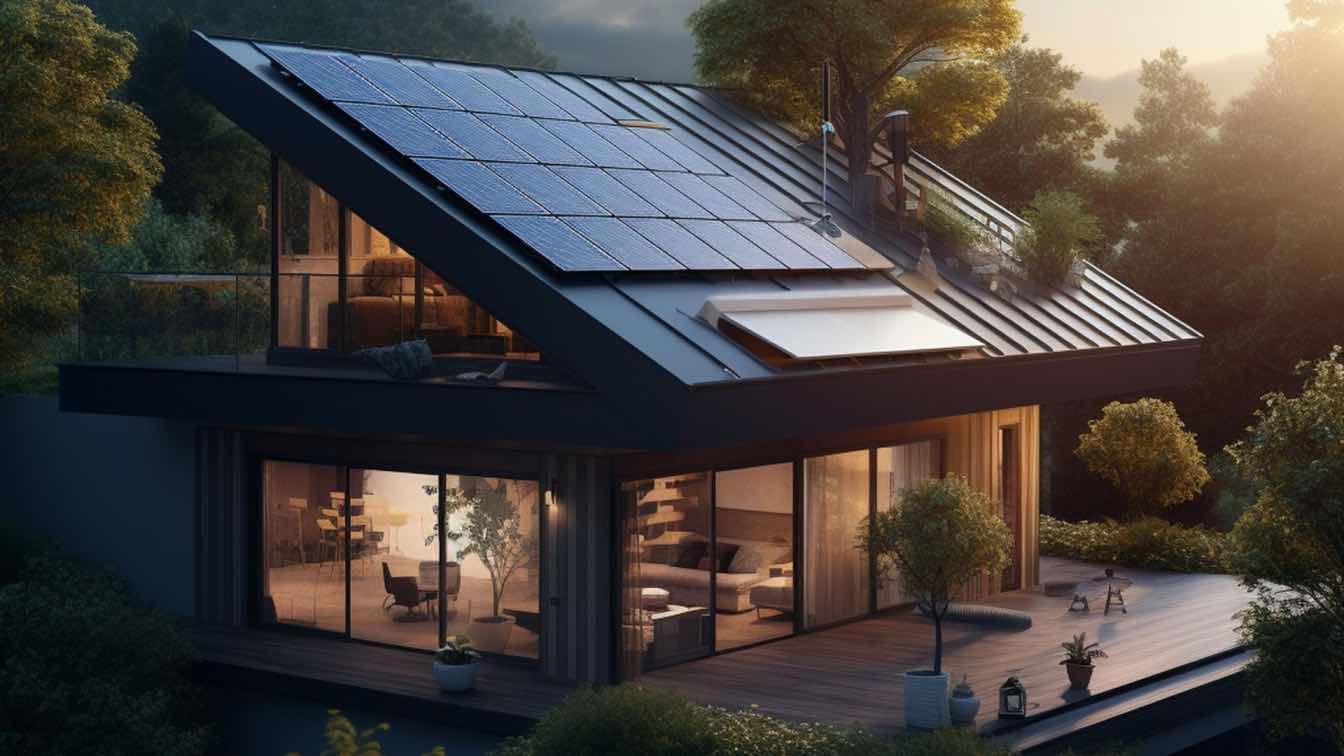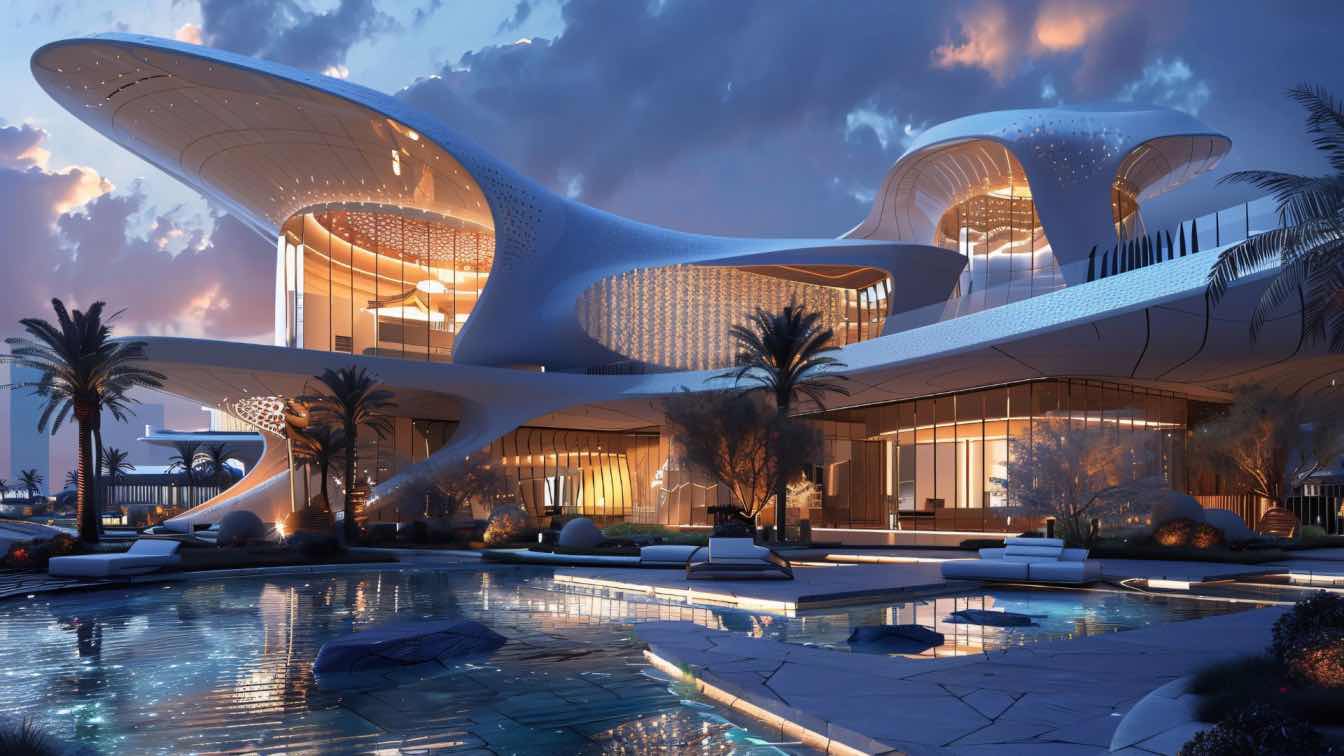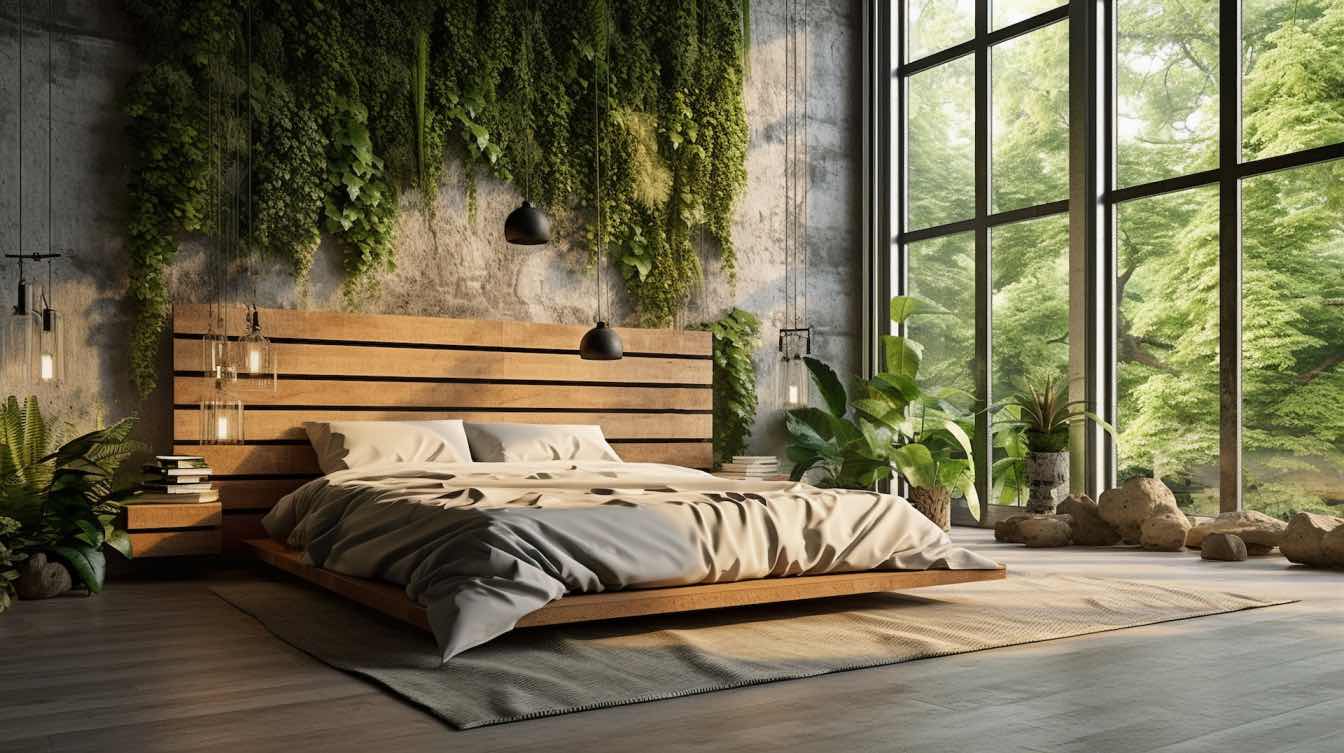As more homeowners look toward sustainable energy options, integrating solar power into home design has become increasingly popular. Solar energy offers numerous benefits, such as reducing reliance on traditional fossil fuels, saving money on utility bills, and increasing the value of your home. This guide provides practical tips and advice on how to integrate solar inverters into your home design to maximize efficiency, aesthetics, and functionality.
Understanding Solar Inverters
Solar inverters are a critical component of any home solar system. They convert the direct current (DC) electricity generated by solar panels into usable alternating current (AC) electricity for your home. Understanding different types of inverters for solar panels is crucial for optimizing solar power systems. Choose the right inverter type based on system scale, energy needs, and panel compatibility.
Types of Solar Inverters
There are several types of solar inverters, each with its own set of features and applications. The main types include:
Grid-Tied Inverters: These inverters are designed to work with the electrical grid. They convert DC power from the solar panels into AC power that can be used in your home or fed back into the grid. Grid-tied inverters are ideal for homes that are connected to the utility grid and want to take advantage of net metering.
Off-Grid Inverters: These inverters are used in systems that are not connected to the electrical grid. They convert DC power from the solar panels into AC power for use in your home. Off-grid inverters are perfect for remote locations where grid access is not available.
Hybrid Inverters: These inverters can work both on and off the grid. They can convert DC power from the solar panels into AC power for your home and store excess energy in batteries for later use. Hybrid inverters offer the flexibility of using solar power even when the grid is down.
Microinverters: These small inverters are installed on each solar panel. They convert DC power from the panel into AC power right at the source. Microinverters are great for systems with shading issues or complex roof designs, as they allow each panel to operate independently.
Choosing the right type of solar inverter depends on your specific needs and the characteristics of your solar system. For a variety of options, TheHomeUpgrade.com is a great site to visit when looking for a solar inverter that matches your requirements and ensures optimal performance of your solar setup.
Designing for Efficiency
When integrating a solar inverter into your home design, efficiency should be a top priority. Proper placement and installation can significantly impact the performance of your solar system. Here are some tips for designing for efficiency:
1. Optimal Placement: Place the inverter in a location that is easily accessible for maintenance but also protected from extreme weather conditions. A well-ventilated area is ideal to prevent overheating.
2. Minimize Distance: Keep the distance between the solar panels and the inverter as short as possible to reduce energy loss. Long DC cables can result in power loss, so shorter cables are preferable.
3. Avoid Shading: Ensure that the solar panels are installed in a location with minimal shading throughout the day. Shading can significantly reduce the efficiency of your solar system.
4. Proper Sizing: Choose an inverter that matches the size of your solar system. An undersized inverter can limit the amount of power your system can generate, while an oversized inverter can be unnecessarily expensive.
Aesthetic Integration
Integrating a solar inverter into your home design doesn't have to compromise aesthetics. With careful planning, you can ensure that the inverter blends seamlessly with your home's architecture. Here are some ideas for aesthetic integration:
Concealment: Install the inverter in a discreet location, such as a utility room or garage, where it is out of sight but still accessible.
Enclosures: Use enclosures or cabinets to hide the inverter and other electrical components. These can be designed to match the style of your home.
Landscaping: If the inverter is installed outdoors, consider using landscaping elements like shrubs or fencing to conceal it.
Color Matching: Choose an inverter with a color that matches your home's exterior or paint the enclosure to blend in with the surroundings.
Practical Placement Tips
Proper placement of the solar inverter is essential for both performance and safety. Here are some practical tips for placement:
Accessibility: Ensure that the inverter is easily accessible for maintenance and monitoring. Avoid placing it in hard-to-reach areas.
Ventilation: Install the inverter in a well-ventilated area to prevent overheating. Avoid placing it in direct sunlight or enclosed spaces without proper airflow.
Proximity to Electrical Panel: Place the inverter close to the main electrical panel to minimize the length of AC wiring. This can reduce installation costs and improve efficiency.
Safety Considerations: Follow all local building codes and safety regulations when installing the inverter. Ensure that it is mounted securely and away from flammable materials.
By understanding the different types of solar inverters and considering factors like efficiency, aesthetics, and practical placement, you can successfully integrate a solar inverter into your home design. This will not only enhance the performance of your solar system but also ensure that it complements your home's overall look and feel.
Integrating Solar Inverters into Home Design
Integrating solar inverters into your home design involves several key considerations to ensure both efficiency and aesthetics. By taking into account factors such as the orientation of your home, roof pitch, materials, shading, and the size of the solar panels, you can create a seamless and energy-efficient solar-powered home. This section will guide you through designing for efficiency, aesthetic integration, and practical placement tips for solar inverters.
Designing for Efficiency
When designing for efficiency, it's crucial to consider the orientation of your home and the placement of solar panels. The roof pitch and materials play a significant role in maximizing energy generation. By optimizing these factors, you can ensure that your solar power system operates at peak efficiency. Additionally, selecting the best inverter for your solar setup is essential. Different types of inverters, such as string, micro, and hybrid inverters, offer varying levels of efficiency and compatibility with your energy needs.
Aesthetic Integration
Aesthetic integration of solar inverters into your home design is about making the system blend seamlessly with the overall look of your home. Modern design options allow for inverters to be hidden or incorporated into the architecture in a way that doesn't detract from the visual appeal. Consider using inverter enclosures that match your home's exterior or placing the inverter in a less visible location.
Practical Placement Tips
Practical placement of solar inverters involves finding a location that is both accessible and protected from the elements. It's important to place the inverter in a cool, shaded area to prevent overheating and ensure optimal performance. Additionally, the inverter should be easily accessible for maintenance and monitoring. Here are some practical tips for placement:
- Choose a location close to the main electrical panel to minimize wiring costs and energy loss.
- Avoid placing the inverter in direct sunlight or areas prone to flooding.
- Ensure there is adequate ventilation around the inverter to prevent overheating.
- Proper placement of your solar inverter is crucial for maintaining efficiency and longevity of your solar power system.
Solar Inverters and Energy Management
Integrating solar inverters with energy storage systems is a crucial step in optimizing your solar power system. By storing excess energy generated during peak sunlight hours, you can ensure a steady power supply even during periods of low sunlight or power outages. This not only enhances your energy independence but also maximizes the efficiency of your solar array.
Battery System Options: There are various types of battery systems available, such as lithium-ion, lead-acid, and flow batteries. Each has its own advantages and disadvantages in terms of cost, lifespan, and efficiency.
Powerwall Integration: Modern solutions like the Tesla Powerwall offer seamless integration with solar inverters, providing a reliable and efficient energy storage option.
Energy Management Systems: Advanced energy management systems can optimize the use of stored energy, ensuring that your home remains powered while minimizing reliance on the grid.
Proper integration of energy storage with your solar inverters can significantly enhance the overall performance and reliability of your solar power system.
Smart Home Compatibility
Incorporating solar inverters into a smart home setup can greatly improve your home's energy efficiency and automation capabilities. Smart inverters can communicate with other smart devices, allowing for better energy management and automation.
Automation: Smart inverters can be programmed to optimize energy usage based on real-time data, reducing waste and lowering energy costs.
Remote Monitoring: Many smart inverters come with remote monitoring capabilities, enabling you to track your energy production and consumption from anywhere.
Integration with Smart Home Systems: Compatibility with systems like Google Home or Amazon Alexa allows for voice control and seamless integration with other smart devices.
Leveraging smart home technology with your solar inverters can lead to a more efficient and automated home, enhancing both convenience and energy savings.
DIY Solar Inverter Integration
Before diving into the installation process of your DIY solar power system, thorough planning is essential. Start by answering, “What does an inverter do?” This will help you understand the role of the inverter in converting solar energy into usable electricity for your home. Consider the following steps:
1. Assess Your Energy Needs: Calculate your household's energy consumption to determine the size of the solar power system you'll need.
2. Research Local Regulations: Check local building codes and regulations to ensure your DIY solar installation complies with all legal requirements.
3. Choose the Right Components: Select the appropriate solar panels, inverters, and other components based on your energy needs and budget.
4.Design Your System: Plan the layout of your solar panels and the placement of your inverter for optimal efficiency.
5. Prepare Your Site: Ensure your roof or installation site is suitable for solar panels and make any necessary modifications.
Proper planning and preparation can save you time and money in the long run, ensuring a smooth installation process.
Installation Process
Once you have completed the planning phase, it's time to move on to the installation of your DIY solar power system. Follow these steps for a successful installation:
1. Install the Solar Panels: Mount the solar panels on your roof or chosen site, ensuring they are securely fastened and angled correctly to maximize sunlight exposure.
2. Wire the System: Connect the solar panels to the inverter using appropriate wiring and connectors. Make sure all connections are secure and weatherproof.
3. Install the Inverter: Place the inverter in a location that is easily accessible for maintenance but protected from the elements. Connect the inverter to your home's electrical system.
4. Test the System: Once everything is connected, test the system to ensure it is functioning correctly. Check for any issues and make necessary adjustments.
5. Monitor Performance: After installation, regularly monitor the performance of your solar power system to ensure it is operating efficiently.
By following these steps, you can successfully integrate a solar power system into your home, providing you with renewable energy and reducing your reliance on traditional power sources.
Conclusion
Integrating solar inverters into your home design is a forward-thinking approach that not only enhances energy efficiency but also contributes to a sustainable future. Whether you choose to undertake the installation yourself or hire professionals, careful planning and execution are key to successfully integrating solar inverters into your home. Embrace the potential of solar power and transform the way you power your home, making it both eco-friendly and cost-effective.





